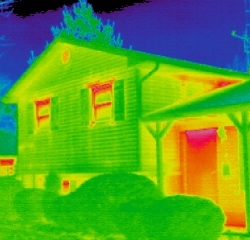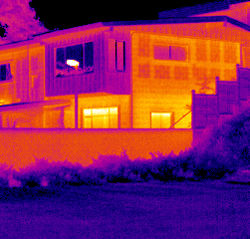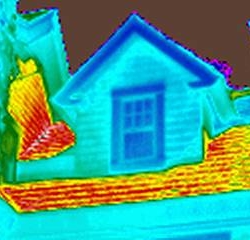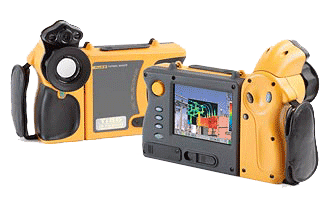Thermal Imaging



National Building Inspections specializes in thermal imaging inspections for both residential and commercial buildings.
What is Thermal Imaging?
Thermal imaging is the non-contact detection and measurement of infrared energy or temperature. All objects on earth, hot or cold, radiate infrared energy.
Commonly Inspected Components
- Walls
- Roofs
- Windows
- Doors
- HVAC
- Insulation
- Floor heating
Typical Reasons for Temperature Hotspots or Deviations
- Insulation verification like improperly installed or missing insulation
- Roof inspections; leaks cause water to enter to insulation
- Construction evaluation
- Locate air leakage
- Moisture intrusion; damage to insulation and building materials
- Mold detection
- Thermal bridging in joints between walls
- Heat loss through damaged seals in multi-plane windows
- Damaged heat ducts/leakage of buried steam lines
National Building Inspections only uses the most reliable and highest quality infrared cameras and equipment available. Thats why we use Fluke Infrared Cameras. Click Here to view the Fluke company website and learn more about the equipment used by every NBI inspector.

Building Diagnostics
The primary diagnostic procedure for determining the thermal performance of a building envelope is infrared thermography. It can be used to identify heating and cooling loss due to poor construction, missing or inadequate insulation and moisture intrusion. Correcting the defects plays a significant role in increasing building efficiency and structural integrity.
Roofing
Flat roof membranes are the waterproof barriers between the outside elements and the interior of buildings. They come in a variety of materials and designs. They must be able to expand and contract, resist high winds and the effects of solar radiation and withstand foot traffic. It is easy to see why roofs leak.
Mold and Moisture
Mold has existed in our environment long before the recent awareness of its presence in homes and businesses. The impact of mold on health is dependent upon the concentration of spores in the immediate area and the allergic effect on an individual. Potential health problems associated with mold exposure can take the form of allergic reactions or asthma. The problem is not limited to homes. Commercial buildings with moisture accumulation due to condensation or leaks are a candidate for mold growth. The mold topic has reached such proportions that congress has introduced a bill titled “United States Toxic Mold Safety and Protection Act of 2002” also know as the “Melina bill”.
